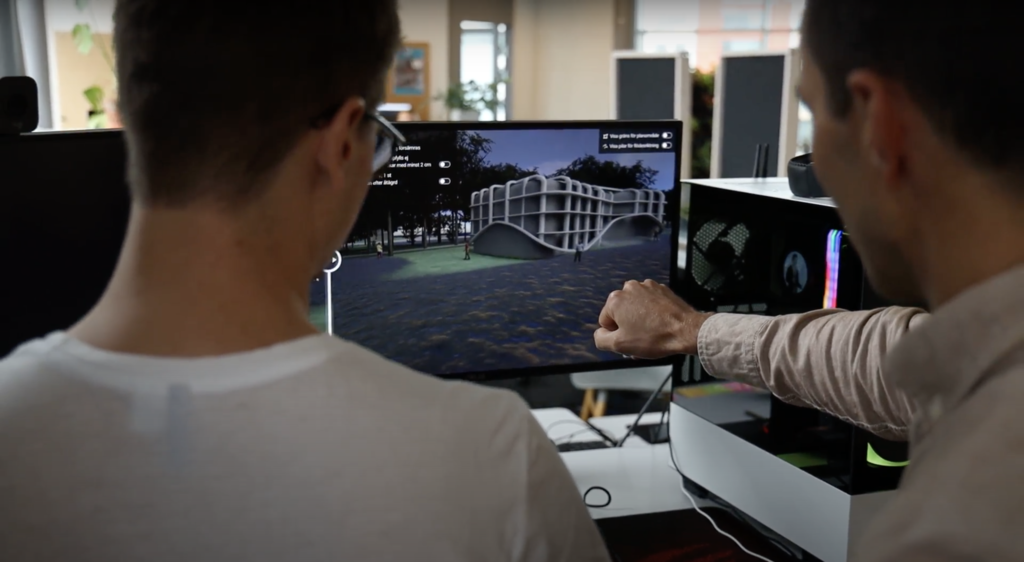Skyfall (Torrential Rain)
The pilot project was led by Berge with Göterborgs Stad Kretslopp och Vatten (City of Gothenburg Network and Water) as needs owner and RISE, Ramboll, Insert Coin and HiQ as partners.
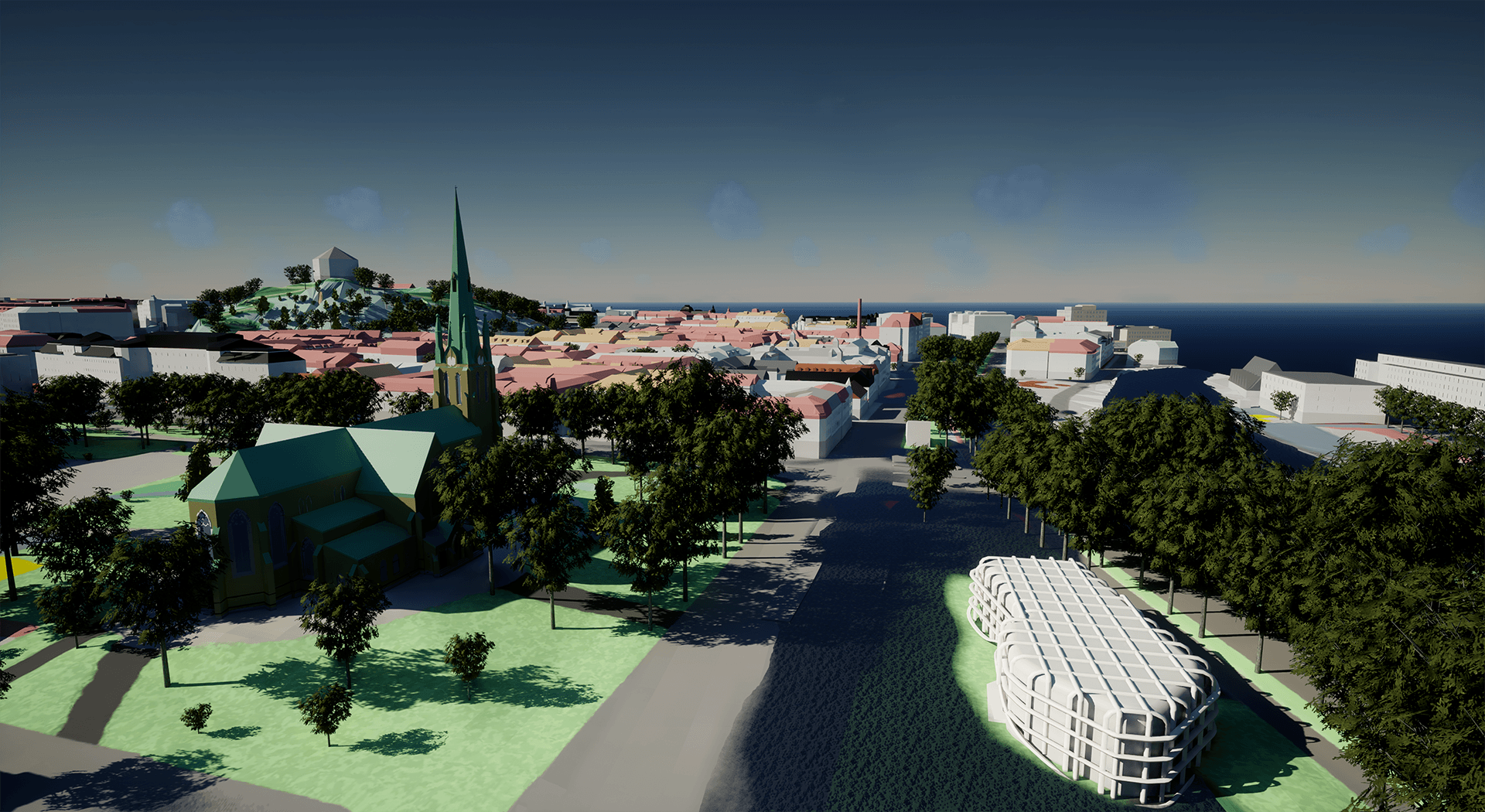
How do we secure the city against torrential rain?
In the Skyfall pilot, Gothenburg's digital twin has been tested in terms of work on securing the city against torrential rain. Simulated flood data from the City of Gothenburg has been visualised in the twin model to enable enhanced analyses of flooding in areas with planned developments.
The aim is to develop an interactive tool to ensure compliance with torrential rain requirements in urban planning processes where different actors can crash test actions to make good and sustainable decisions for preparing the city for torrential rain.
Challenges
Water visualisations are dry. It is difficult to evoke understanding and emotion with the water visualisations that are currently used in urban planning projects. Actors with an interest in understanding the impact of flooding find it difficult to see how their areas of responsibility are affected.
Technical models and programmes work well for civil engineers but set thresholds for others to participate in analysing, modelling and testing measures for torrential rain.
Long simulation times mean that very few proposed measures have time to be simulated and compared in urban planning processes before decisions on how the city will be designed are made. Solutions are
not optimised to comply with torrential rain requirements.
Prototype
The city's simulated data for torrential rain has been visualised in Virtual Gothenburg via development in the game engine known as Unreal Engine.
With the prototype, the pilot team has tested how the city can work with interactive tools and visualisation to monitor torrential rain requirements in urban planning processes. The prototype allows us to compare how the flood situation differs in scenarios with exploitations and measures for torrential rain (taken from one of the city's detailed plans) and the user is provided with both an overview of the flooding, as well as detailed data (water depth, flow direction, flow rate, etc.). The aim is to increase understanding and engagement with regard to consequences that lead people without technical expertise to draw conclusions in the analysis and come up with several draft measures to test in urban planning projects.
The Result
By testing the prototype, we were able to identify several benefits and uses. The key to a smart tool for the city is real-time simulation of flood data. When this can be integrated, actors will be able to crash test ideas and actions and streamline work across multiple processes. Real-time simulation of water and flooding will open up possibilities for many use cases based on needs identified in the pilot.
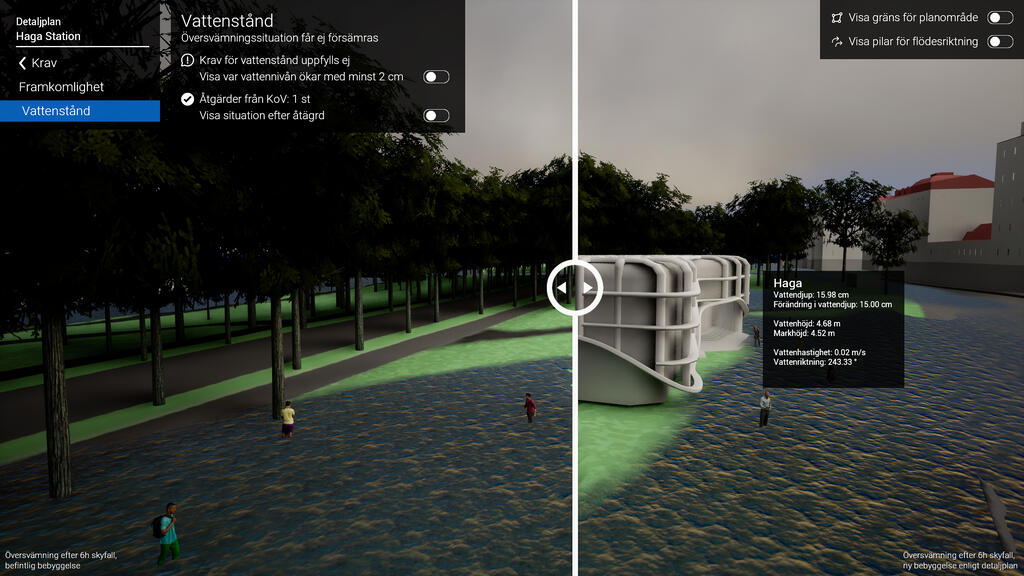
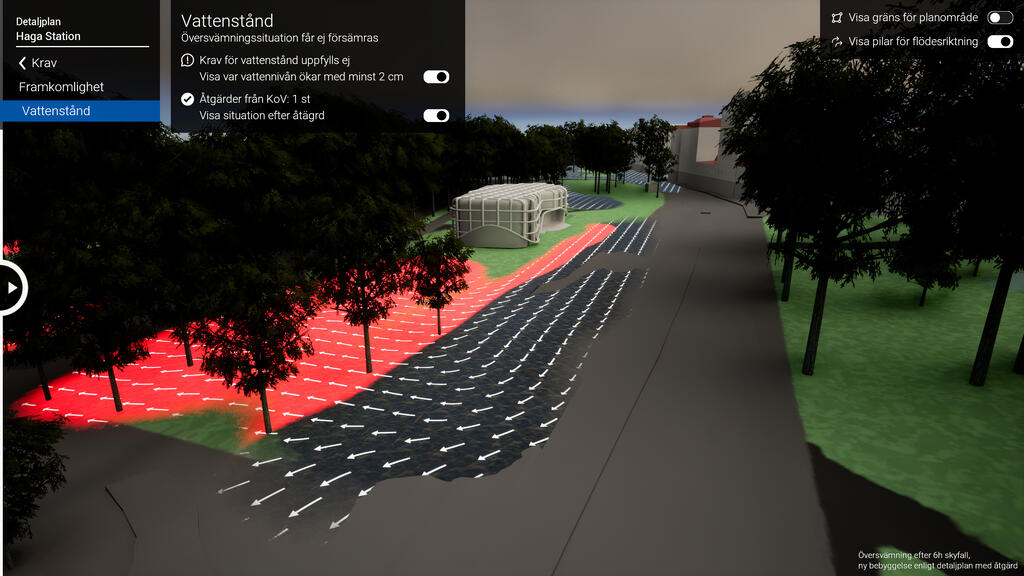
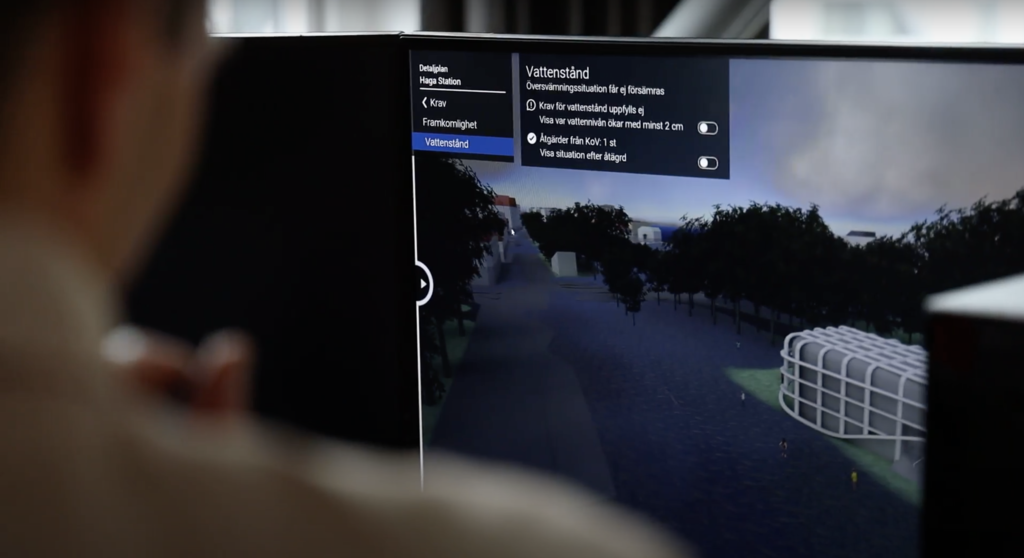
One twin, a thousand possibilities
Actors are currently planning upcoming development projects to advance the insights of the pilot. The focus will partly be on real-time simulations to create tools that are useful to more people.
Through various simulations, more detailed information and functionality, the prototype can be adapted to your needs - how would you like to move forward with Skyfall?
It looks like this!
Here you can watch a demo of the pilot study!
Leaders of the study pilot!
It's we that are responsible.

Josefine Moos
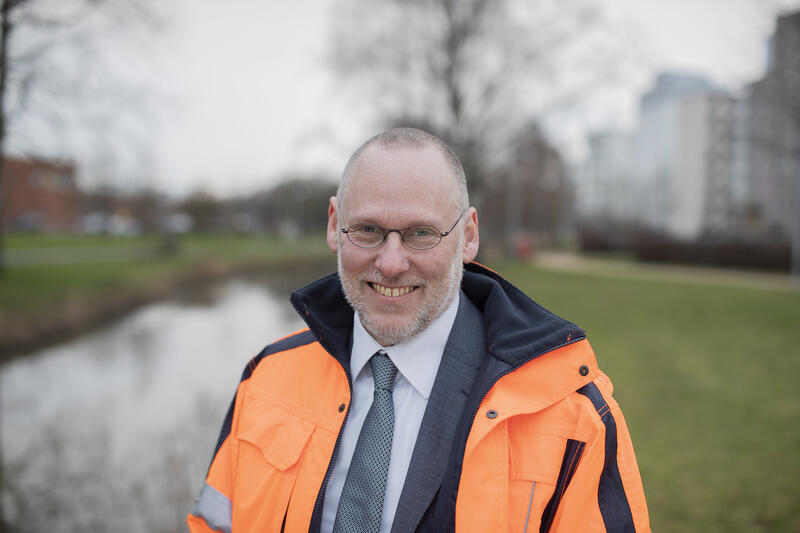
Dick Karlsson
Other projects that we've done
Here you'll find the other projects.
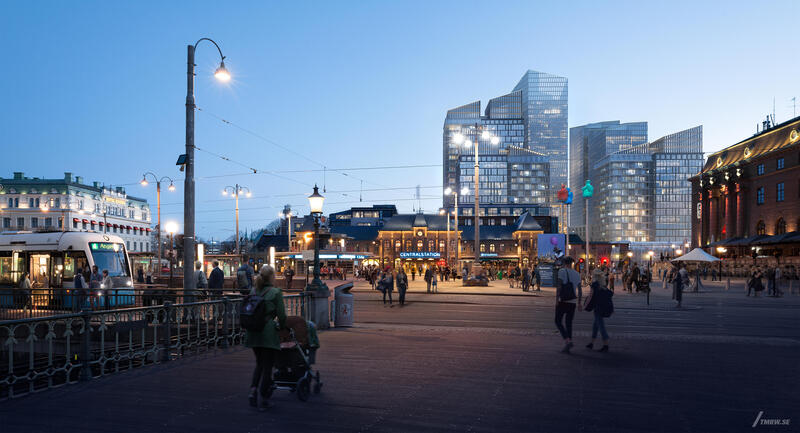
Central Area

CoExist 2
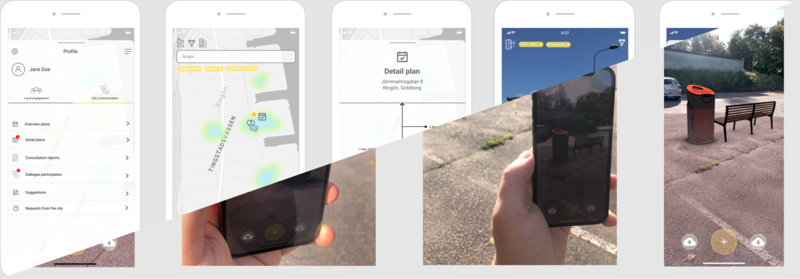
Social sustainability in urban development
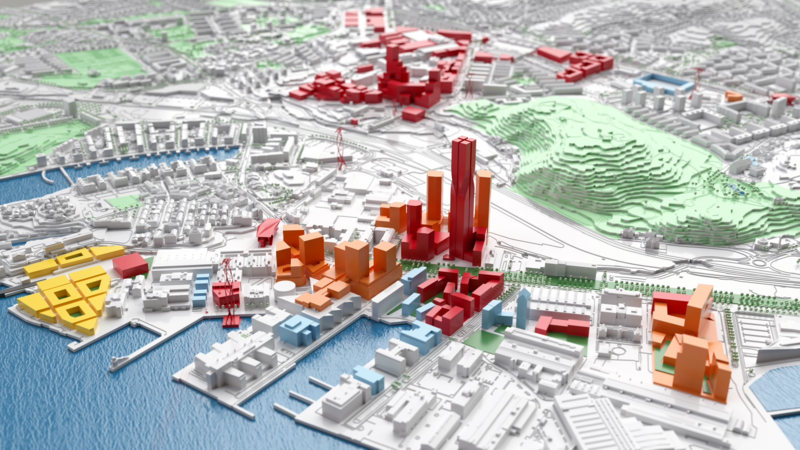
City Skyline
Your needs in focus!
Virtual Gothenburg Lab is under development and is now opening up for tests related to Gothenburg City’s digital twin. Is there something you need to test? Get in touch with us!

